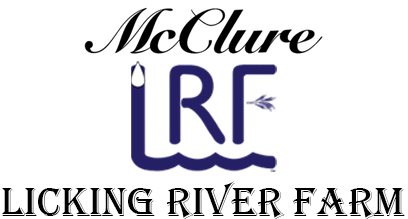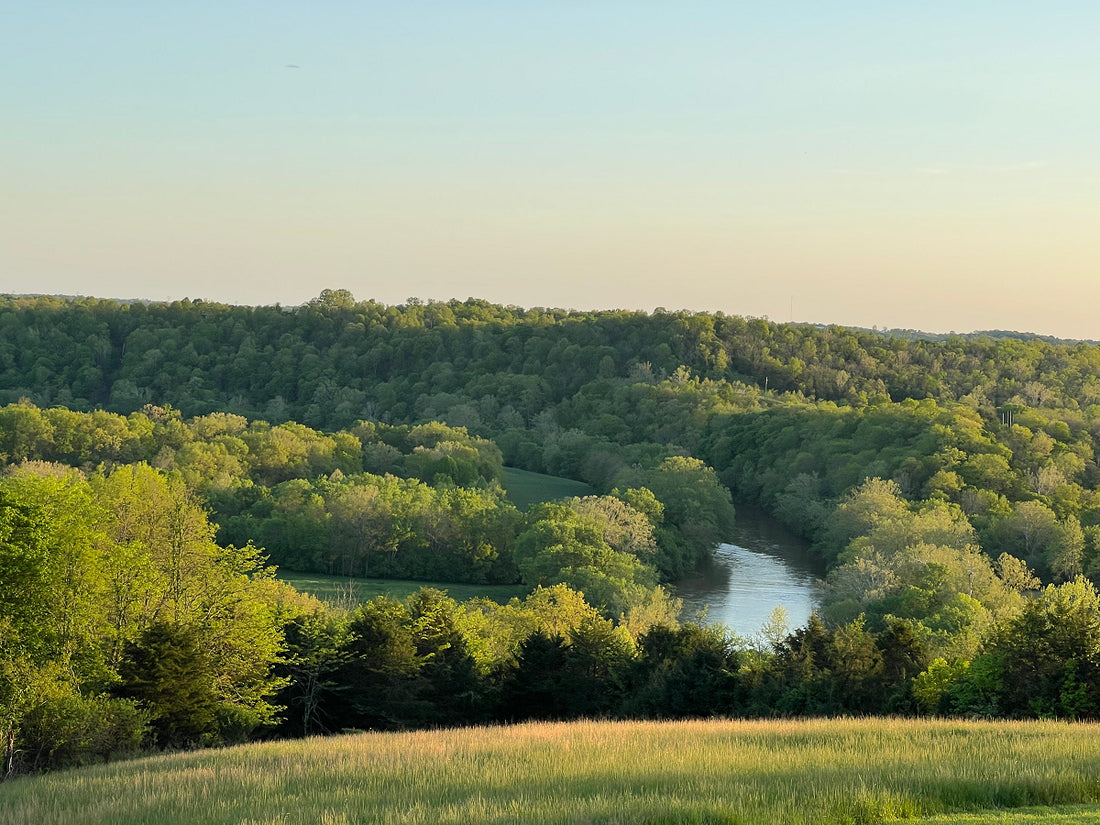McClure Licking River Farms is proud to be certified by the Real Organic Project. An additional layer of organic certification concerns the USDA standards, animal welfare, and soil health. As a certified organic farm, we still compete with big agricultural methods that meet the minimum standards for organic production.
Organic Pasture Poultry One example is with chicken; nothing states you have to raise them on pasture, but they may be in a large commercial chicken coop. They need to be fed organic feed and have access to the outdoors. The NOP does not specify indoor or outdoor stocking densities. Still, many organic certifiers look for a lower stocking rate than the industry average of 0.7 square feet (0.07 square meters) per bird. Most look for at least 1.5 square feet (0.14 square meters) per bird. There is no limit on the number of birds in one house, nor is there a requirement for the number of bird exits or pop holes that need to be. The NOP also does not specify the amount of outdoor access a bird should have. The real organic project has standards, and they must be outdoors with so many square feet of birds per tractor. We could have 300 birds in our tractors, but to follow the real organic project standards, we reduced our stocking rate to 225 birds for organic Pastured poultry.

The Real Organic Project is a farmer-led movement created to protect the organic label's integrity. The project aims to distinguish soil-grown and pasture-raised products under the USDA organic seal. The project was born in response to the lack of enforcement of some vital USDA Organic standards to protect soil health and animal welfare. The project follows the principle of "Feed the soil, not the plant."

McClure Licking River Farm is proud to be part of the real organic project group of farmers. The project does not certify farms that use hydroponics or dual farming methods, both organic and non-organic. They go beyond the minimum standards and are concerned with animal welfare. They verify that all certified farms are up to date on the NOP organic certification, but when they come to inspect the farm, unlike the NOP, they want to see the actual farm and farming methods, not the paperwork. We were excited when our inspector told us that we were well beyond organic, and we strive not just to meet organic standards but to be natural, regenerative, and organic.
Natural means we follow nature. Our cows and sheep have babies in the spring, and we do not adjust to meet our meat needs; rather, we follow nature. We use things like natural tree swallows and frequent moves on our cattle for fly control. We do not use chemical wormers or artificial methods in our farming practices. It also means that ruminants' sheep and cattle only get grass or hay, and we do not feed them any grain.
Regenerative Farming and ranching is synchronicity with nature and the four ecosystem practices to repair, rebuild, revitalize, and restore ecosystem functions, starting with the life beneath the soil and expanding to the life above the soil. This means we move our cattle daily to new fresh grass; we move the sheep every two to three days. The pigs are in pasture paddocks about 1/2 acre and are moved every 12 to 18 days. The chickens are in tractors like the one shown above and moved daily to fresh grass.
Organic The NOP standards were written by big agriculture industry to allow them to use the label with minimum effort. Yes, they must not use feed with chemical fertilizer or pesticides, but they have minimal space requirements and little to no animal welfare standards. Noting the standards would require the regenerative or natural practices we follow.

